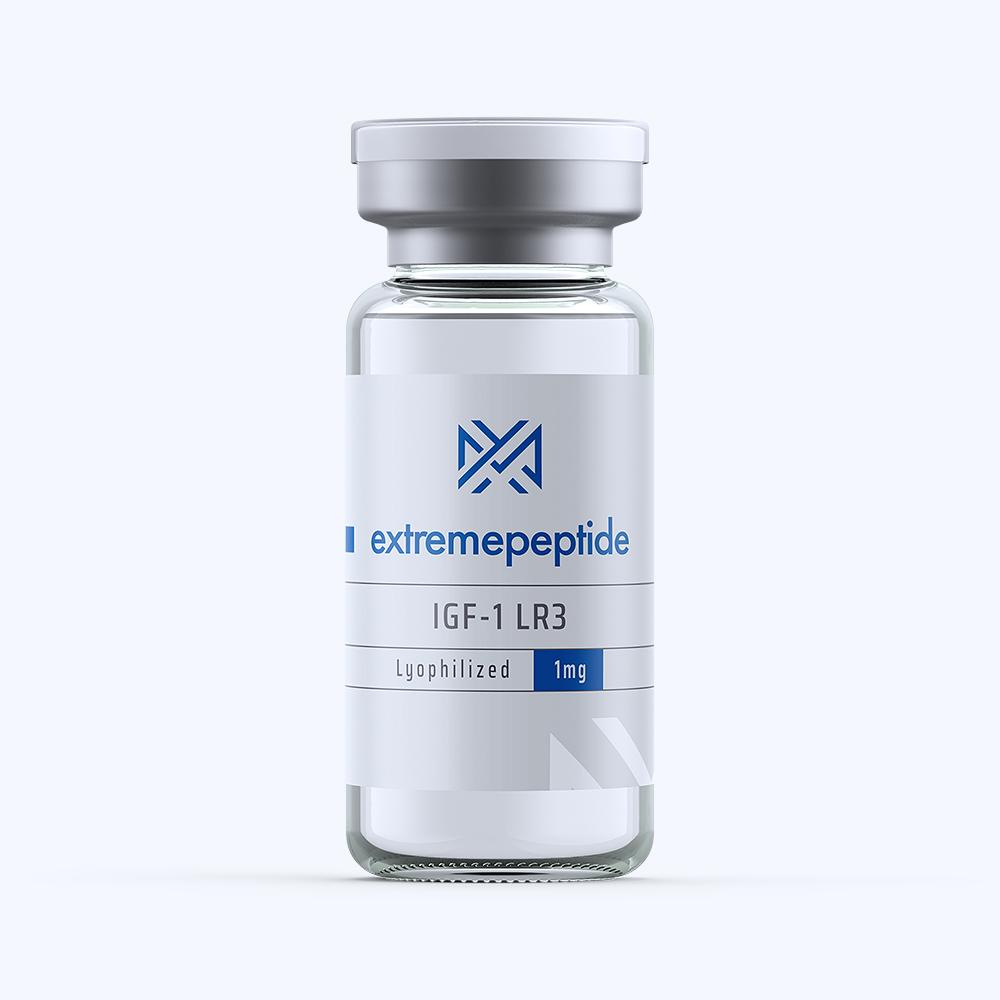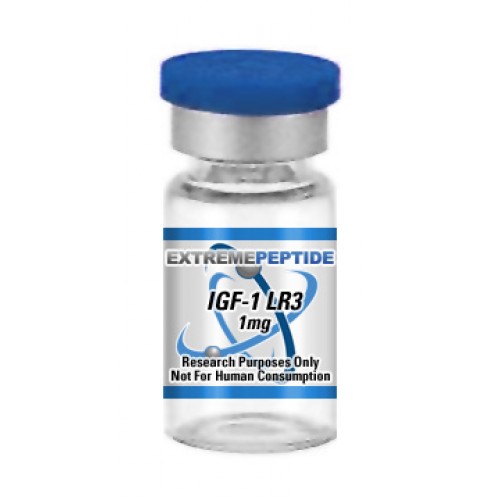IGF-1 LR3 is a polypeptide amino acid that is comprised of a chain of 83 amino acids. It has a molecular structure of C990H1528N262O300S7, and it contains a molecular weight of 9200. It is sometimes known under the name of Long r3 igf-1, and it can sometimes confused with a similar peptide know as Long r2 ifg-1 because it possesses a similar molecular build and structural properties.
IGF-1 LR3 and Internal Organs
According to scientific study based on animal test subjects, it has been determined that IGF-1 LR3’s overall functionality is primarily tied to two internal organs:
- The Pancreas – This glandular organ that and key component of the endocrine system is shown to play a vital role in the production of hormones as they relate to an animal test subject’s overall functionality.
- The Liver – This vital organ is chiefly responsible for the detoxification, digestion, and protein synthesis processes that occur within animal test subjects.
IGF-1 LR3’s relationship with the pancreas is solely tied to the organ’s production of insulin; the peptide hormone that is responsible for the cells that are located in the liver, skeletal muscles, and fat tissue to absorb glucose from the bloodstream in a proper manner. IGF-1 LR3 helps this process by acting to accelerate insulin transport throughout the bloodstream of animal test subjects.
The reason that IGF-1 LR3 can promote this boosted transport level is because of its relationship with the liver; specifically, its relationship with IGF-1; a peptide that is also known as Insulin Growth Factor 1. IGF-1 LR3 works in conjunction with IGF-1 to boost its otherwise rapid half-life, taking this number from around 20 minutes to approximately 20 hours.
The Results of an Increased Half-Life

According to scientific study that has been based on animal test subjects, it has been shown that IGF-1 LR3’s ability to extend the half-life of IGF-1 can be linked to several improved processes relating to the test subjects. These improved processes include an increased synthesis of both protein and RNA, and improved transport of glucose and amino acids to cells, and a decrease of protein degradation.
These elevated processes have led scientific study based on animal test subjects to propose three main theoretical benefits in relation to IGF-1 LR3’s overall functionality.
The first theoretical benefit relates to a boosted level of muscle retention amongst animal test subjects. Studies point to the peptide’s ability to extend the half-life of IGF-1 as the reason for this theory.
IGF-1 LR3’s ability to extend the half-life of IGF-1 has also led to the theory that the peptide can play a key role in allowing an animal test subject to recover from injury at a more efficient rate. The reason for this theory is that IGF-1’s processes can lead to an extended level of repair for the muscles and tissues in an animal test subject, which would then correlate to a boost in the process of repair as it relates to an injury.
The third main benefit that has been theorized relates to the IGF-1 LR3’s possible ability to increase endurance. Because the peptide has exhibited the capacity to promote protein synthesis as it inhibits protein degradation, it is thought that it can allow for an animal test subject to experience an increase in muscular performance before the process of fatigue sits in.
IGF-1 LR3 and Hypoglycemia
IGF-1 LR3’s ability to improve the transport of insulin throughout an animal test subject’s body has led to the theory that the peptide’s presence can possibly be linked to hypoglycemia, also known as low blood sugar. However, these studies also indicate that the effects related to the condition can be counteracted with an increased intake of glucose.
